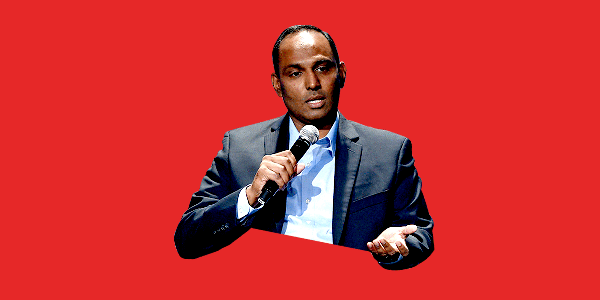Breaking the Bank: The Rise and Fall of View, the Smart Glass Manufacturer

Image source: Business Today
The finance and technology industries were abuzz when smart glass manufacturer View emerged on the scene. The company produced innovative tint-adjustable windows for commercial buildings, eliminating the need for blinds and reducing energy costs. Founded in April 2007 by Paul Nguyen and Mike Scobey, View quickly gained prominence in the startup world.
The Early Years: A Charismatic Leader and High-Profile Customers
Under the leadership of CEO Rao Mulpuri, View secured major clients like Google and Amazon. Mulpuri’s captivating storytelling and unwavering belief in the company’s vision convinced these tech giants to invest in View’s smart glass. In December 2008, Mulpuri took over as CEO and propelled the company towards success.
From Success to Struggle: Going Public and Facing Challenges
View went public on March 8, 2021, raising $815 million through a special purpose acquisition company (SPAC) sponsored by Cantor Fitzgerald. However, the transition to becoming a publicly traded company was not without difficulties. The company reported a decrease in cash balance from $507 million in March 2021 to $201 million by the end of the same month. Furthermore, View faced challenges in submitting important financial reports, risking delisting from the stock exchange.
Financial Turmoil and Disappointing Results
View’s financial woes were evident in their revenue and expenses. While the company’s revenue increased to $74 million, expenses for production and delivery surged to $195 million, resulting in a net loss of $343 million. View also faced compensation costs of $42 million related to product warranties.
In November, after an audit, View admitted to underreporting its warranty liabilities by at least $18 million, leading to a pending class-action lawsuit. The company’s stock price plummeted by 63% since the beginning of the year, reaching $1.44 per share on June 3.
View is not the only company to face challenges after merging with a SPAC. According to The Wall Street Journal, out of the 232 companies that went public through SPAC mergers in 2020 and 2021, 25 have reported the possibility of bankruptcy.
Unveiling the Truth: Production Issues and Management Concerns
Former View employees revealed that the production process was costly and prone to errors. Citing an example, executives from Corning, a renowned glass manufacturer, visited View’s factory in 2013 and raised questions about the production process. However, View’s staff remained silent, leaving the executives unsatisfied.
Former employees also disclosed that discarding faulty glass panels was a common practice during production. Corning invested $62 million in View in 2013, unaware of the unsustainable business model and excessive waste.
CEO’s Management Style and Financial Manipulation
Current and former employees described View’s CEO, Rao Mulpuri, as a micromanager with a toxic work environment. Employees feared retribution for expressing concerns about the company’s products and finances. Several financial warnings from the finance team were dismissed by Mulpuri, and at least two board members were fired after raising concerns about the company.
Despite the CEO’s ability to attract investors, employees recounted instances of financial mismanagement and struggling products. View relied on external funding, with SoftBank’s $1.1 billion investment being the largest. However, SoftBank’s funds were reportedly used to repay previous investors, like Khosla Ventures, creating a cycle of financial dependency.
The Future of View: Uncertain Funding and Changing Investor Attitudes
Currently, View is working on fulfilling additional reporting requirements imposed by Nasdaq. The company acknowledged the need to raise capital to fulfill operating costs for at least the next 12 months following the submission of its 2021 annual report by June 30.
Despite Mulpuri’s charisma, securing more funding for View will be challenging. Banks and venture capitalists are becoming increasingly hesitant to invest in unprofitable startups. The desire for companies with positive cash flow is waning, as investors learn from the cautionary tale of View’s rise and fall.
As the finance and technology sectors brace for changes, View serves as a warning to investors who have fueled the soaring valuations of startups with access to cheap capital. CEO Rao Mulpuri must now find alternative ways to raise capital, while banks and investors tread with caution towards loss-making companies.
Source: Business Today
